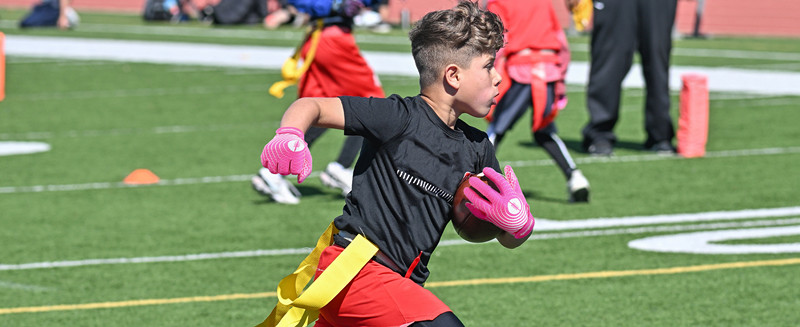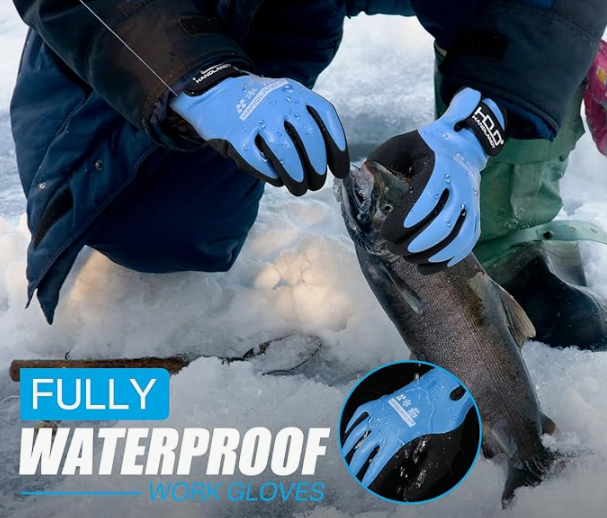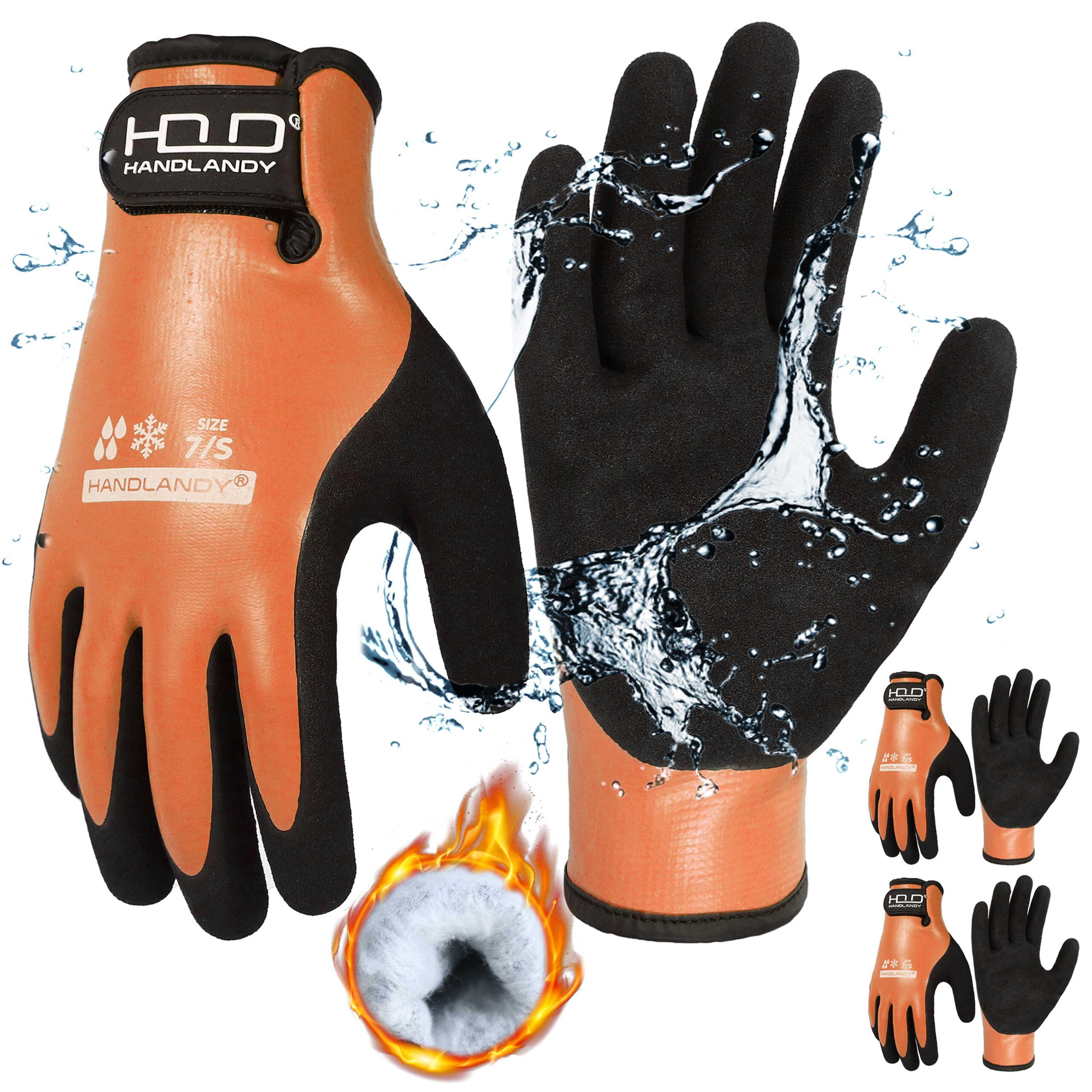The sports gloves industry is evolving with advancements in materials, sustainability, customization, and wearable technologies. These trends are shaping gloves to be more durable, eco-friendly, and performance-driven, catering to diverse consumer needs.
1. Advanced Materials for Better Performance
Manufacturers are using innovative materials like non-slip silicone for enhanced grip and advanced padding to improve protection. These materials ensure durability, flexibility, and improved performance for athletes. For example, gloves now feature breathable fabrics that wick moisture, keeping hands dry during intense activities.
2. Focus on Sustainability
The industry is moving toward eco-friendly practices:
- Biodegradable Materials: Glove manufacturers are adopting materials like natural rubber and recycled polyester, reducing the environmental impact.
- Recycling Programs: Some brands now offer take-back programs to recycle used gloves.
This focus on sustainability attracts eco-conscious consumers and helps reduce waste in manufacturing.
3. Expanding Market and Applications
The sports gloves market is growing steadily, with a projected increase from USD 1.64 billion in 2023 to USD 2.48 billion by 2030. This growth is driven by:
- Increased demand for gloves in traditional sports like cycling, baseball, and skiing.
- Diversification into new areas such as fitness, weightlifting, and outdoor recreation.
4. Customization and Personalization
Consumers increasingly prefer gloves tailored to their specific needs. Key trends include:
- Custom Fit: Gloves designed to fit individual hand shapes for better comfort and control.
- Personalized Styles: Brands offer options for unique colors, patterns, and branding, appealing to both athletes and casual users.
5. Integration of Smart Technologies
Sports gloves are now entering the tech realm with features like:
- Sensors: Monitoring performance metrics such as grip strength and hand movements.
- App Connectivity: Gloves linked to mobile apps can provide real-time feedback, helping athletes improve their technique.
These innovations not only enhance training but also set a new standard for sports gear.
Summary Table: Key Trends in Sports Gloves Manufacturing
| Trend | Details |
|---|---|
| Advanced Materials | Non-slip silicone, moisture-wicking fabrics, enhanced padding |
| Sustainability | Biodegradable materials, recycling programs |
| Market Growth | USD 2.48 billion projected by 2030, expanding into new sports |
| Customization | Personalized fits, styles, and branding |
| Smart Technologies | Sensors and app connectivity for performance tracking |
Conclusion
The sports gloves manufacturing industry is embracing innovation, sustainability, and technology to meet the evolving demands of consumers. Whether it’s eco-friendly materials or high-tech gloves with real-time analytics, the future of sports gloves is focused on enhancing performance while prioritizing environmental responsibility.








